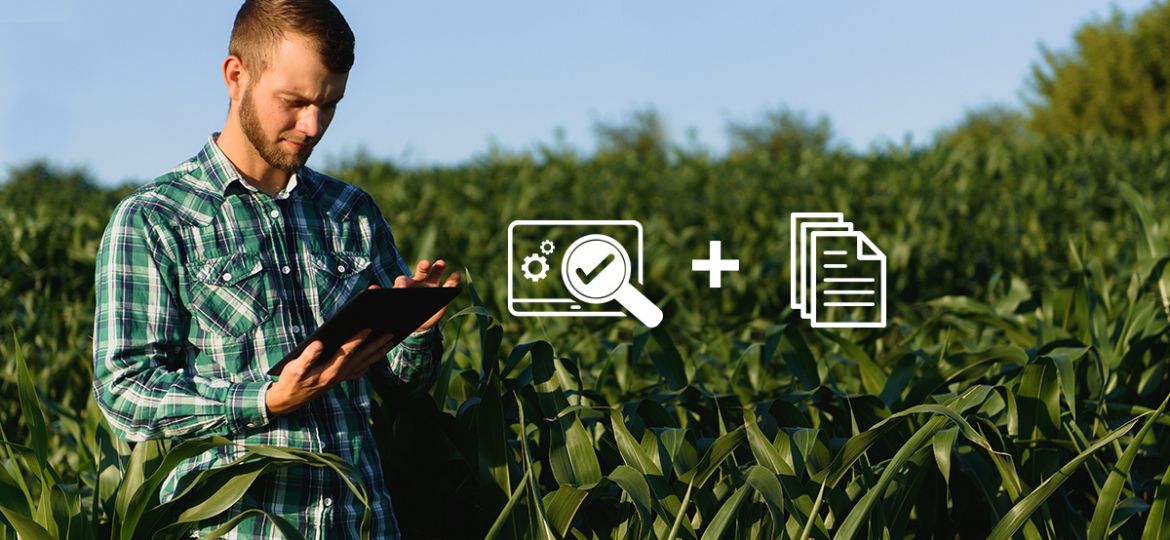Workforce Management Software for Agriculture and Farming: Cultivating Efficiency and Growth
Agriculture and farming have been the backbone of human civilization for millennia, providing food, raw materials, and economic sustenance. However, the industry faces numerous challenges, including labor-intensive processes, seasonal demands, and the need to optimize productivity while maintaining sustainable practices. To overcome these challenges and usher in a new era of efficiency and growth, many agricultural enterprises are turning to workforce management software. This specialized tool offers a range of features and benefits tailored to the unique needs of agriculture and farming, streamlining operations, empowering workers, and driving agricultural success. In this article, we explore the impact and advantages of workforce management software for agriculture and farming.
1. Efficient Labor Management and Scheduling
Agricultural enterprises often rely on a large and diverse labor force, especially during peak seasons such as planting and harvesting. Workforce management software simplifies labor management by providing tools to create optimized schedules based on seasonal demands, labor availability, and specific tasks.
By automating labor scheduling, farmers can ensure adequate workforce coverage, reduce downtime, and improve overall operational efficiency.
2. Real-time Mobile Communication
In the vast and sprawling landscapes of farms, effective communication is crucial for coordinating tasks and ensuring smooth operations. Workforce management software often includes mobile applications that enable farm workers to access real-time information, receive task updates, and communicate with supervisors and colleagues on the go.
Real-time mobile communication enhances responsiveness, enables quick adjustments to changing conditions, and fosters seamless collaboration among workers.
3. Compliance and Labor Regulations
Compliance with labor regulations and safety standards is essential in agriculture, where worker safety and fair labor practices are paramount. Workforce management software can automate compliance checks, ensuring that workers adhere to regulations such as working hours, breaks, and certifications.
With compliance features, farmers can maintain transparency, avoid penalties, and prioritize the well-being of their workforce.
4. Task Management and Tracking
Agricultural tasks, such as planting, irrigation, and pest control, often require meticulous planning and coordination. Workforce management software offers task management and tracking capabilities, allowing farmers to assign tasks, monitor progress, and ensure timely completion.
Automated task tracking streamlines operations, reduces manual record-keeping, and provides valuable insights into task completion rates and resource utilization.
5. Seasonal Workforce Management
The agricultural industry frequently relies on seasonal and temporary workers to meet fluctuating demands. Workforce management software simplifies the onboarding and management of seasonal workers, from recruitment and orientation to tracking work hours and compensation.
With automated seasonal workforce management, farmers can optimize labor utilization, save time on administrative tasks, and seamlessly integrate seasonal workers into their operations.
6. Equipment and Resource Allocation
Agricultural enterprises often rely on a variety of equipment, machinery, and resources. Workforce management software can help farmers allocate and manage these resources efficiently.
By monitoring equipment usage and maintenance schedules, farmers can extend the lifespan of their assets, reduce downtime, and maximize equipment efficiency.
7. Performance Analytics and Data-driven Insights
Data-driven insights are essential for informed decision-making. Workforce management software provides farmers with performance analytics and reporting features, offering valuable data on labor productivity, crop yields, and overall farm performance.
By analyzing this data, farmers can identify areas for improvement, optimize farming practices, and make data-backed decisions to increase profitability.
Conclusion:
Agriculture and farming have long been the backbone of society, and as the industry evolves, so do the challenges it faces. Workforce management software has emerged as a transformative solution for agricultural enterprises seeking to cultivate efficiency, productivity, and growth.
From efficient labor management and real-time mobile communication to compliance, task tracking, seasonal workforce management, equipment allocation, and data-driven insights, workforce management software offers a comprehensive suite of tools to streamline farming operations.
The adoption of workforce management software is not just a technological advancement; it represents a strategic investment in agricultural efficiency and sustainability. As the agricultural industry continues to embrace innovative solutions, workforce management software will play an instrumental role in shaping the future of farming, empowering farmers, and driving agricultural success in a dynamic and ever-changing world.
















